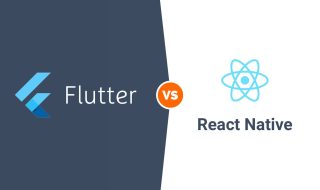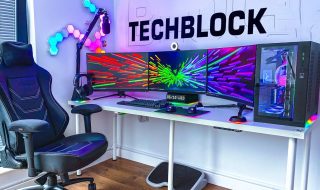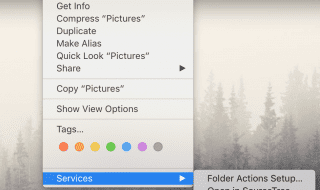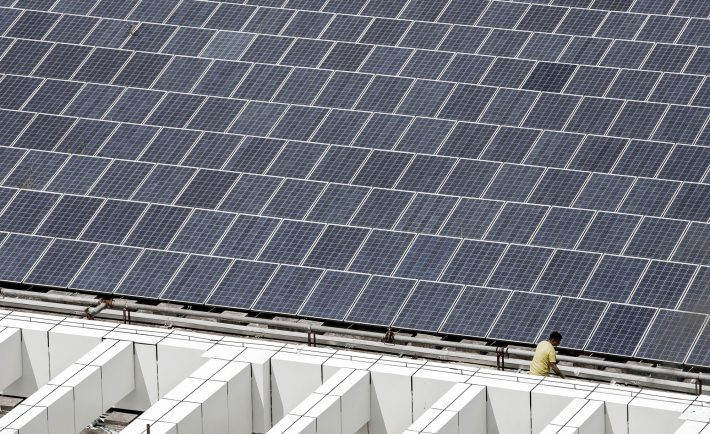
One of the biggest mistakes people make when looking for a solar power system is that they spend most of their time and energy on getting the best rate for their solar power system. And while we understand how important a factor the price of a solar power system is, we recommend that people should also spend more time reading and researching about the various components of a solar power system.
If you too are planning to get a solar power system for your property, you must read this post to get a better understanding of the various solar power system components and their types. It will help you choose the right component type based on your actual need.
1. Solar Panels
Solar panels are devices that absorb sunlight and convert it into electricity (Direct Current). They can easily be spotted on the roofs of houses that have a solar power system installed in them, and therefore, it wouldn’t be wrong to say that they are the face of a solar power system.
There are two types of solar panels –
- Mono crystalline PERC Solar Panels
- Poly crystalline Solar Panels
While both the panel types perform the same function, there are a few basic differences between the two panels. Here are the differentiating factors that you need to consider when looking to purchase a solar panel.
- Physical Identification
You can easily differentiate between mono crystalline and polycrystalline panels just by looking at them. Mono crystalline panels are made of octagonal shaped cells whereas polycrystalline panels are made of square shaped cells. Mono crystalline solar panels are made of single crystal silicon that have a uniform black appearance and they come with high purity. Polycrystalline panels, on the other hand, are made of multi silicon crystals that are blue in color.
- Performance
Mono crystalline panels have a higher efficiency as compared to polycrystalline cells. The efficiency difference is around 2-3%. Mono crystalline cells can perform well even in unfavorable conditions such as low light and high temperature.
- Wattage
Monocrystalline panels come in 380 Watt whereas Poly crystalline panels are available in 330 Watt. The good thing about Monocrystalline panels is that they deliver more power as compared to a Poly crystalline panel of the same size(dimensions). This means that for a 10kW system, you would require only 28 mono crystalline PERC panels whereas if you go with ply crystalline panels you would require 32 poly crystalline panels.
- Space Efficiency
Monocrystalline panels take less space as compared to polycrystalline panels, and therefore, you can install more monocrystalline panels as compared to polycrystalline panels, in a given space.
- Cost
As monocrystalline panels are more efficient, they cost a little more than polycrystalline panels.
2. Solar Inverter
Just like a solar panel can be described as the face of a solar power system, similarly a solar inverter can be described as the backbone of a solar power system. The primary function of a solar inverter is to convert the DC power (that it receives from the solar panel) to AC power. There are 3 main types of solar inverters that one can choose from – on-grid inverters, off-grid inverters and hybrid inverters.
On-Grid (or Grid-Tied Solar Inverters)
As the name suggests, on-grid inverters are connected to the local grid. Homes with grid-tied inverters rely on both solar panels as well as the local grid for their power supply. Their primary source of power is the solar panel. In case the solar panels are unable to meet their power consumption demand, they draw power from the local grid. And in case the solar panels produce more power than what’s required in the homes, the surplus power gets transferred to the local grid.
Benefits of On-Grid (or Grid-Tied Solar Inverters)
- They are less expensive as compared to an off-grid inverter as they do not require any batteries.
- The Net Metering feature in an On Grid system allows the transfer of surplus energy to the local grid which is later adjusted in the energy bills.
Off-Grid Inverters
Homes with off-grid inverters are not connected to the local grid. They only rely on the solar panels for their power supply.
Benefits of Off-Grid Inverters
- They are completely independent of the grid and are great for areas where there are frequent and long power cuts.
- Considering the increasing rates of electricity they are a great return on investment from a long term perspective.
Hybrid Inverters
Hybrid inverter is a mix of both on-grid and off-grid solar inverters. Just like on-grid inverters they are connected to the grid. And at the same time they continue to power the house, even during a power cut, just like the off-grid inverter.
Benefits of a Hybrid Inverter
- They are a combination of on-grid and off-grid inverters, and therefore, provide the best of both worlds.
3. Battery
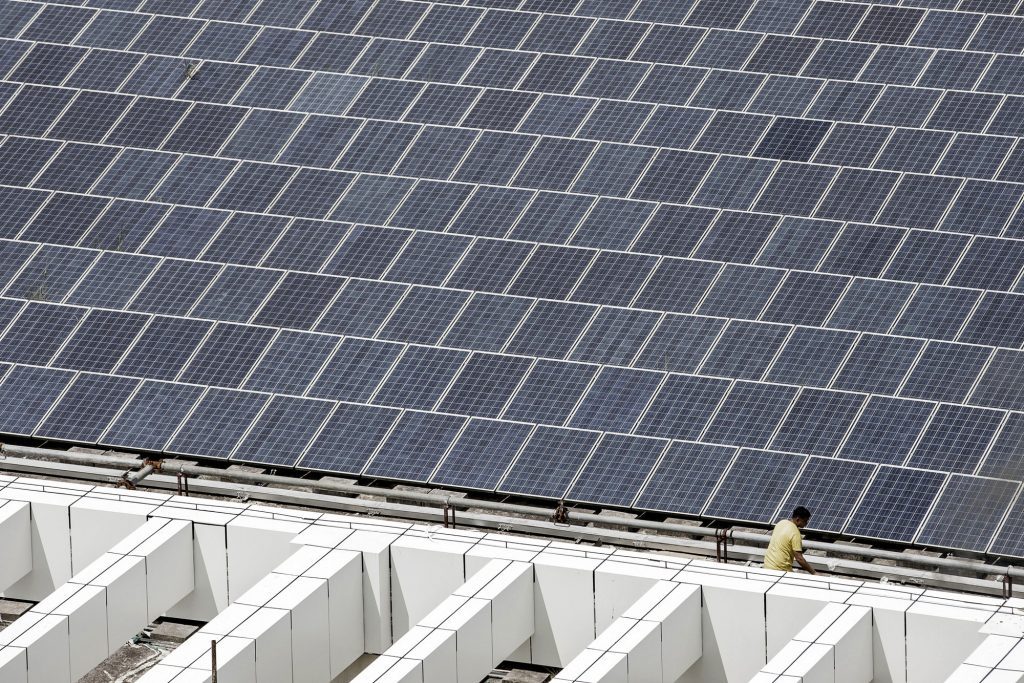
It is a device that’s designed to hold charge/energy. Whenever there’s a power outage it is the battery that provides power to a home/office. There are two main types of inverter batteries – tall and short. And within the short battery category there are two different types of battery, short tubular and flat plate.
- Tall Tubular Batteries
If your house experiences frequent power cuts and your power consumption during such cuts is on the higher side, then you must go for tall tubular batteries.
- Flat plate batteries
If you are looking for an economical battery that is required to work in areas with normal power cuts, a flat plate battery is an ideal for you.
- Short tubular batteries
A short tubular battery occupies far less space as compared to other batteries and yet it provides longer battery backup. And the best part about these batteries is their longer life expectancy.
4. Racking
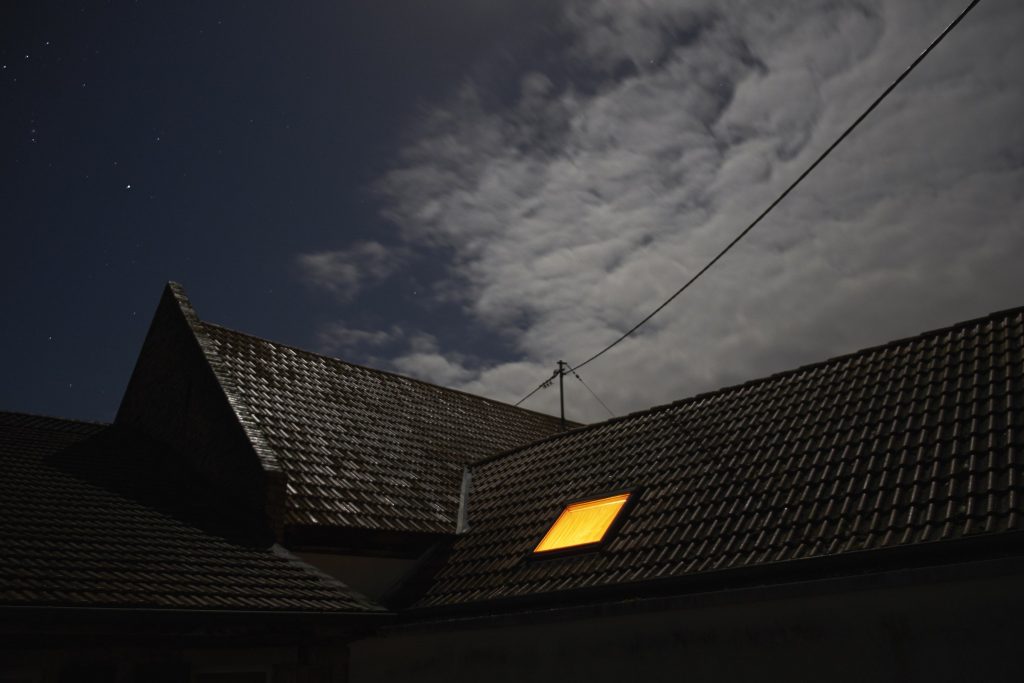
Another important component of a solar power system is racking (also known as mounting). It is the racking that securely attaches solar panels to the roof or the ground. Usually, solar racking(s) are made of aluminum as it provides the required strength for holding the solar panels. Some of the main parts of a racking are flashings, mounts, rails and clamps.
The Million Dollar Question
Now that you know what are the main components of a solar power system the question is where do you buy one from? We suggest you go with a reputable brand like Luminous. You can talk to an expert at Luminous or visit their website and choose the right solar power system for your home.

